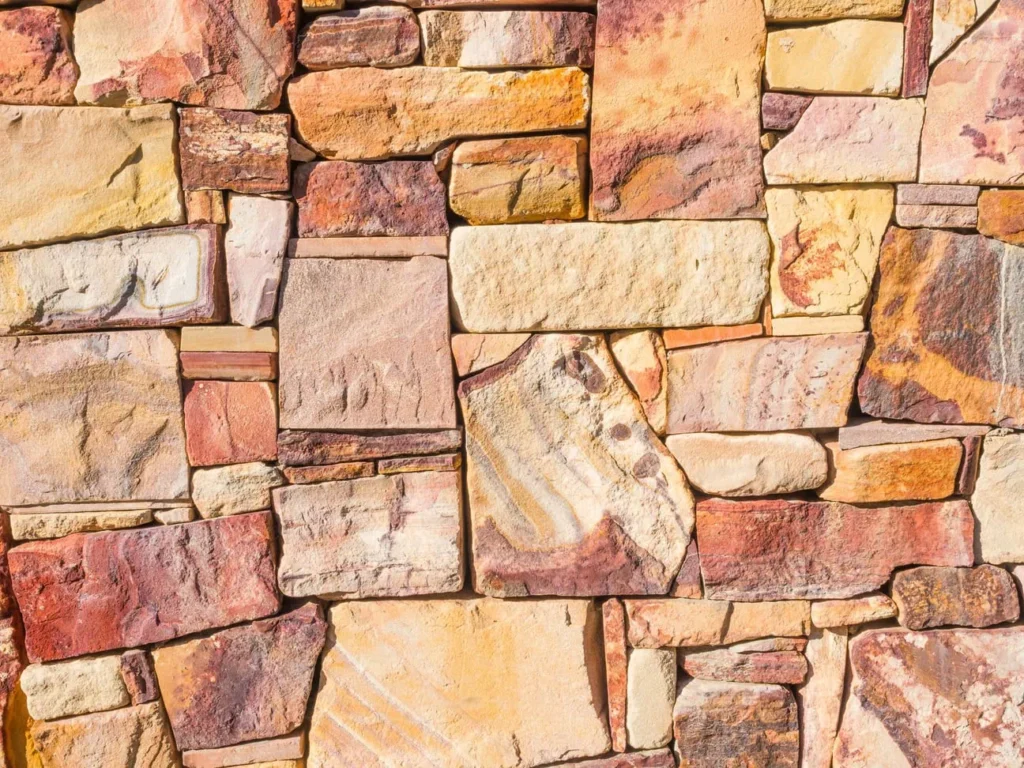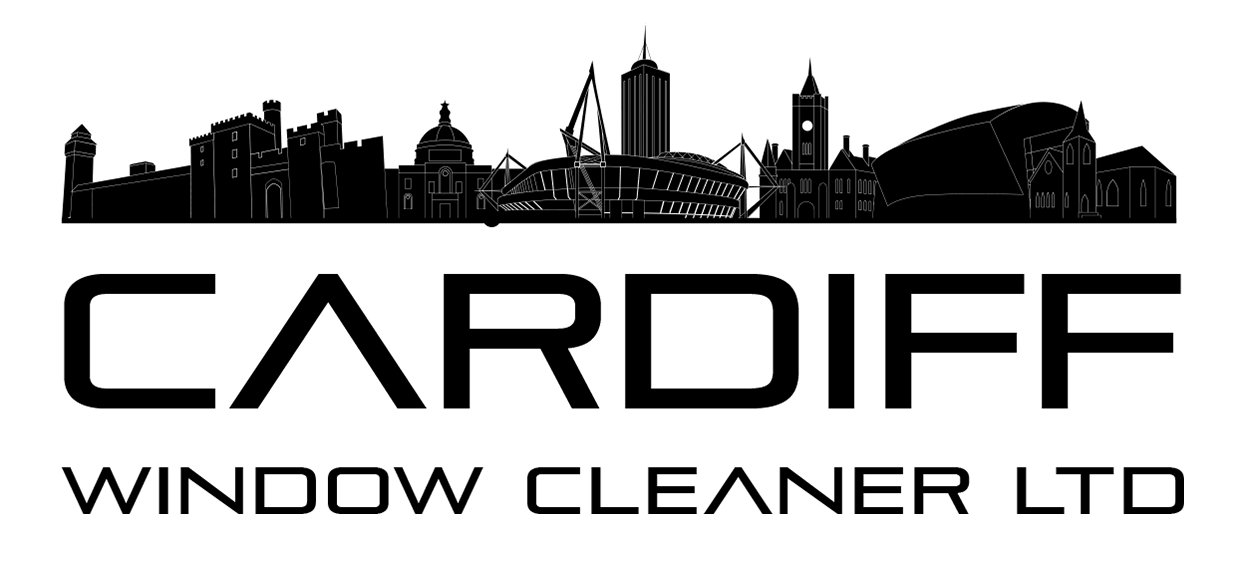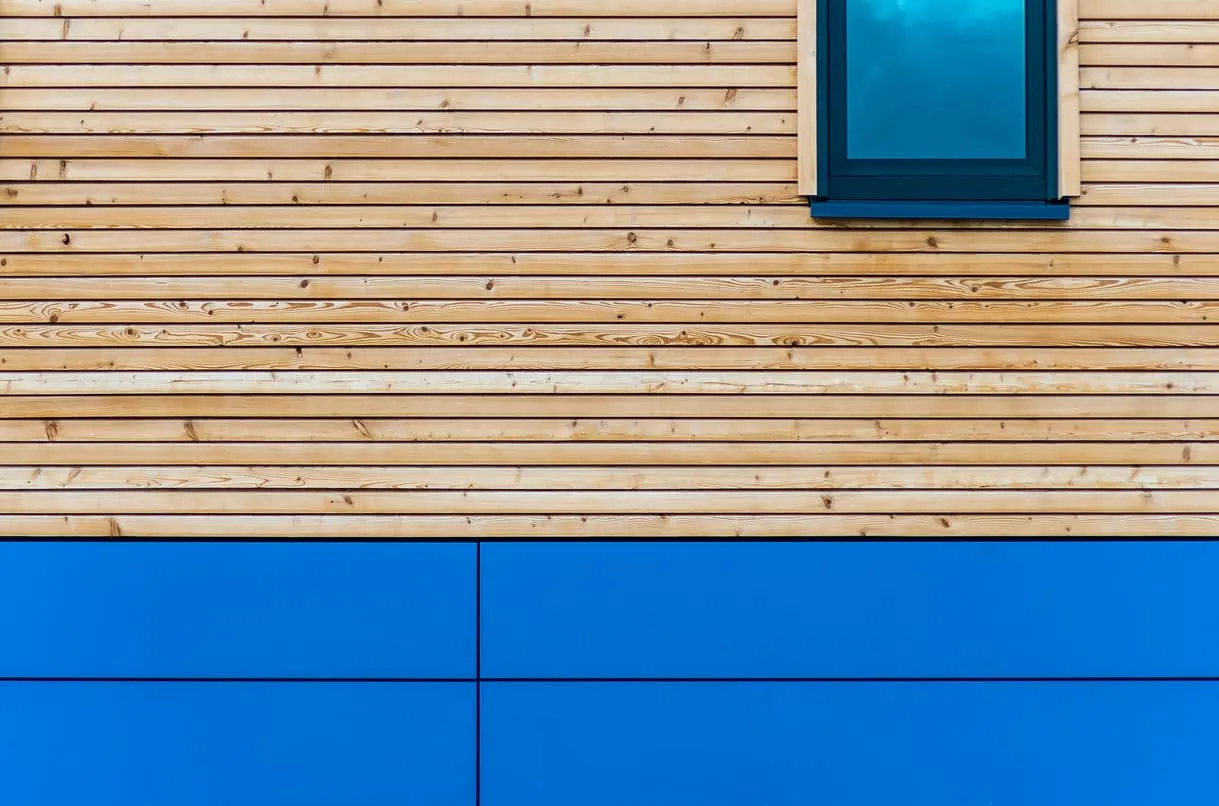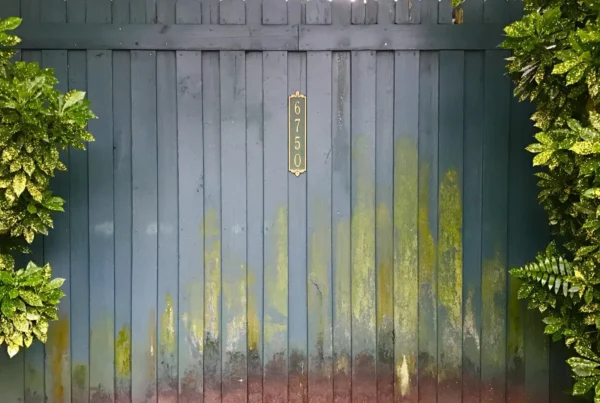To clean cladding effectively, use a low-pressure rinse, apply a mild detergent or material-safe cleaner, scrub gently with a soft brush, and rinse thoroughly. Avoid pressure washing fragile materials or using harsh chemicals, and always test a small patch first. Different cladding types (wood, metal, composite, etc.) need slightly different cleaning approaches — and sealing or treating surfaces afterwards can prolong protection.
Cladding looks low maintenance — until one day you glance up and realise your once-crisp facade now looks like it’s been left out in a swamp. Algae streaks. Dust stripes. Spider condos. It’s not the kind of thing that makes a building look cared for.
Dirt and grime can trap moisture, accelerate wear, and in some cases, even void warranties if left too long. So how do you clean it properly — without damaging the surface, flooding the insulation, or turning it into a weekend-long regret?
Key Takeaways
- Rinse gently first to remove loose debris
- Use mild, pH-neutral cleaners and soft brushes
- Clean cladding on a cloudy day to avoid streaks
- Always tailor your method to the cladding material
- Avoid pressure washers unless the surface allows it
- Clean from top to bottom, and rinse thoroughly
- Consider professional help for tall or delicate areas
General Steps: How to Clean Cladding
Most cladding can be cleaned using basic gear and a soft touch — but the devil is in the details. Here’s a general process that works across most materials.
1. Start with a visual check
Before spraying anything, take a look. Are there any cracks, loose panels, or exposed joins? Water under cladding = expensive problems later.
2. Rinse off loose debris
Use a garden hose or a low-pressure setting on your washer. Start from the top, working downward in smooth motions. You’re not blasting — you’re loosening.
3. Apply a mild cleaning solution
Most cladding types tolerate a simple mix of warm water + mild detergent (non-acidic, non-abrasive). Use a sprayer or soft sponge mop.
4. Let it dwell, then gently scrub
Give it 5–10 minutes to lift grime. Then scrub with a soft-bristle brush or microfibre cloth. Don’t use anything harsh unless you’re cleaning stone (and even then… go easy).
5. Rinse thoroughly
Residual soap or chemical cleaners can leave streaks or damage coatings over time. Always rinse thoroughly — especially on sun-facing elevations.
Pro tip: Clean cladding on a cloudy day or early morning. Direct sun dries the detergent too fast and leaves marks.

Material-Specific Cleaning Guides
How to Clean Composite Cladding
Composite cladding is designed to be low maintenance — but low doesn’t mean zero. Dust, mildew, and algae can still cling.
- Use soft brushes and mild soap
- Avoid solvent-based cleaners
- Rinse well — residue dulls the finish
- If heavily stained, try a diluted vinegar solution (test first)
Don’t pressure wash unless the manufacturer allows it — some composites can delaminate under force.
How to Clean Metal Cladding
Metal cladding (aluminium, zinc, steel) might seem tough — but it often has a protective coating that’s surprisingly delicate.
- Use pH-neutral cleaners
- Never use abrasives or steel wool
- Rinse twice if using any chemical product
- Wipe dry with a microfibre to avoid spotting
Avoid acidic cleaners — they can strip protective layers and speed up corrosion.
How to Clean Plastic and PVC Cladding
Plastic cladding is pretty forgiving, but dirt builds up fast — especially in textured or ribbed styles.
- Use warm soapy water and a soft sponge
- For algae, try vinegar + water (1:1)
- Don’t use acetone or harsh solvents
- Rinse and wipe down to prevent streaks
Grease stains? A tiny drop of dish soap often does more than harsh sprays.
How to Clean Wood Cladding
Timber cladding needs a delicate hand. Too much water = swelling and warping. Too little = leftover spores and streaks.
- Use a low-pressure hose only
- Clean with a soft brush and diluted wood cleaner
- Never soak the wood — work in sections
- Allow to dry fully before re-oiling or sealing
If the wood turns grey after cleaning, it might be time for a UV-resistant oil or stain.
How to Clean Stone Cladding
Stone can take a bit more scrubbing — but it also holds onto grime more than you’d think.
- Use a stiff (not metal) brush
- Try oxygen bleach for algae or mould
- Rinse thoroughly — avoid residue settling into pores
- Seal afterwards if the stone is porous
Avoid high-pressure washers on pointing or weak joints — they can crack or erode.

Tips for Deeper Cleaning and Maintenance
- Use a telescopic pole to avoid climbing ladders unnecessarily
- Pre-wet the area before applying any chemical cleaner
- Work in small zones — don’t soap the whole house at once
- Rinse from top to bottom — always
- Clean gutters and soffits too — it all connects
For buildings near the sea or under trees, twice-a-year cleaning might be your new standard.
What to Avoid When Cleaning Cladding
| Mistake | Why It’s a Problem |
| Using high-pressure washing too close | Can dent, crack, or loosen panels |
| Harsh chemicals (like bleach) | May stain or weaken coatings |
| Cleaning in direct sun | Causes streaks and premature drying |
| Ignoring safety (ladders, runoff) | Risk of injury or property damage |
| Forgetting to check for damage first | Can drive water behind cladding or cause leaks |
When in doubt, test on a small patch and give it 24 hours before doing the whole wall.
How to Clean Cladding Without Damaging It
Cladding is a part of your building’s defence system. A little upkeep goes a long way toward keeping it clean, sealed, and long-lasting.
If you don’t have the time, tools, or safe access to do it right, it’s worth calling a local expert who does.
Need professional cladding cleaning? Cardiff Window Cleaner Ltd offer safe, non-damaging cladding cleaning across Cardiff & South Wales.
Contact our team today to restore your exterior the right way.




